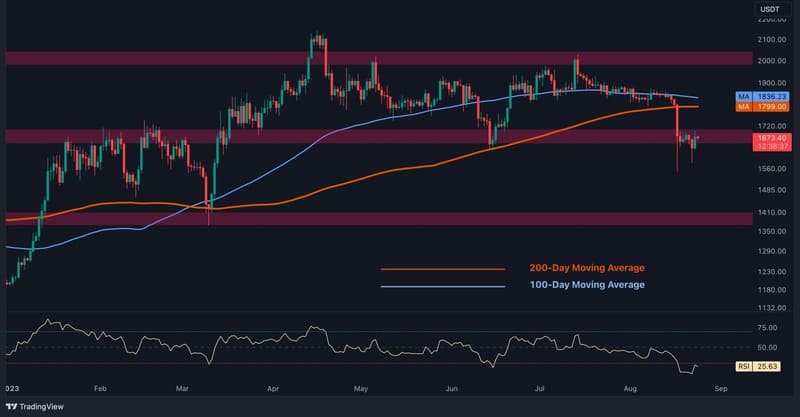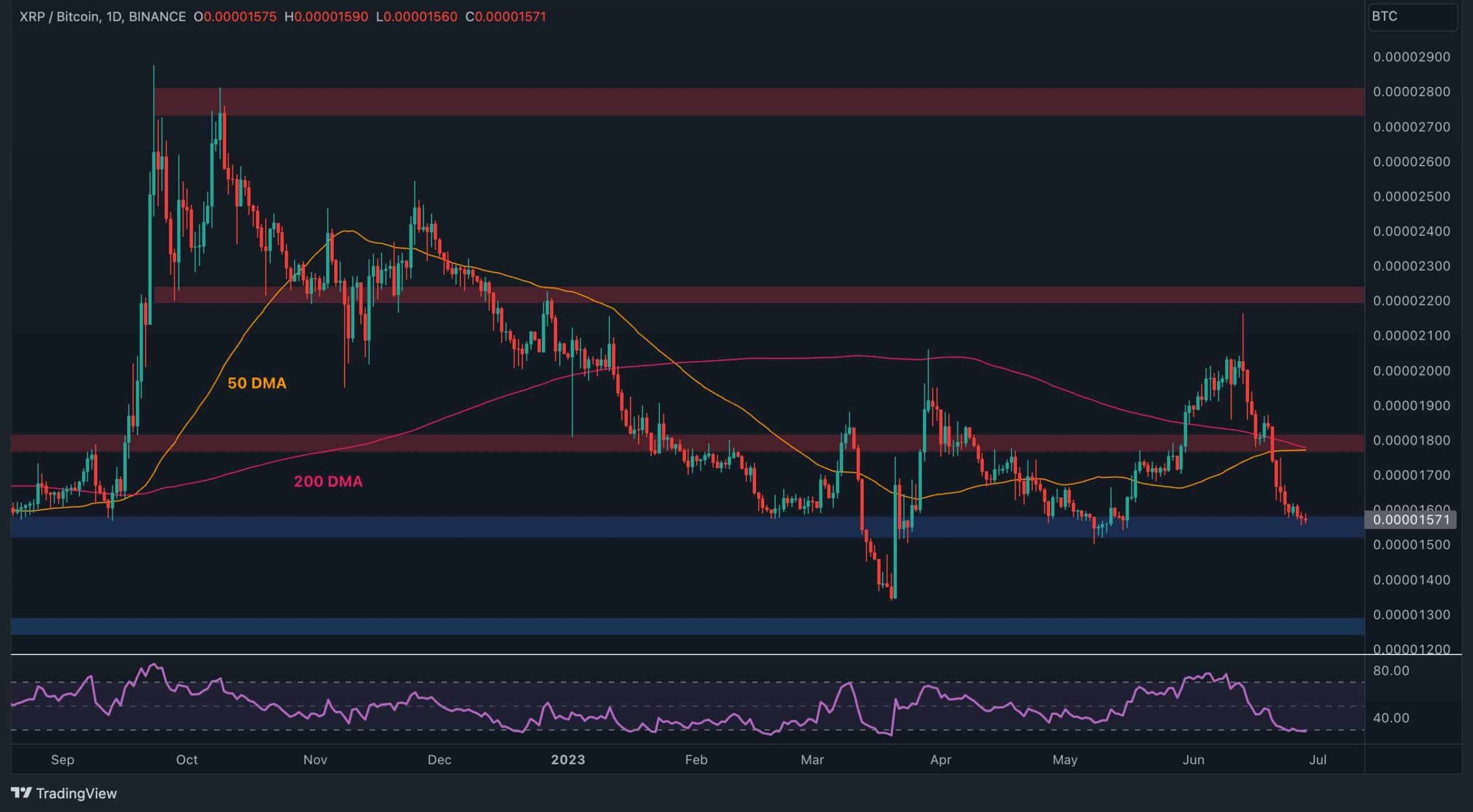
As I do every year, I am forecasting the potential movements of Ethereum for the upcoming year, based on a thorough analysis of current market conditions, technical indicators, network upgrades, and broader economic factors that could influence its price movements.
Ethereum stands as a cornerstone of the blockchain industry, playing a pivotal role in decentralized finance (DeFi), non-fungible tokens (NFTs), and Layer 2 scaling solutions. As the end of 2023 approaches, Ethereum is trading around $1,830, demonstrating resilience despite a year marked by evolving macroeconomic pressures and significant industry advancements. In 2024, Ethereum is poised to capitalize on its robust ecosystem, technological developments, and deflationary tokenomics. However, market volatility remains a possibility, creating potential entry points for long-term investors.
Proof-of-Stake (PoS) Staking and Network Security
Ethereum’s transition to proof-of-stake in 2022 was a defining moment that reshaped its economic and environmental outlook. By December 2023, over 30% of Ethereum’s circulating supply is locked in staking contracts, which provides consistent yield for participants and ensures the network’s security. This trend is expected to continue into 2024, as the staking ecosystem becomes increasingly attractive to institutional investors and retail participants seeking predictable rewards.
The growing staking participation not only limits the liquid supply of Ethereum in circulation but also signals investor confidence in the platform’s long-term viability. This reduction in sell pressure, combined with Ethereum’s deflationary mechanisms, strengthens the case for price appreciation over the coming year.
Layer 2 Scaling Solutions Driving Adoption
The successful implementation of Layer 2 scaling solutions such as Arbitrum, Optimism, and zkSync has positioned Ethereum as the leading blockchain for scalable decentralized applications. By offloading transaction processing from the main chain, these solutions reduce fees and increase throughput, making Ethereum more accessible to a broader user base.
In 2024, the adoption of Layer 2 solutions is expected to reach unprecedented levels as more projects migrate to these efficient platforms. This expansion will enhance Ethereum’s utility in sectors such as gaming, supply chain management, and decentralized identity systems. Moreover, the seamless integration of Layer 2 with Ethereum’s mainnet ensures a cohesive and scalable ecosystem capable of supporting mass adoption.
Institutional Adoption and Regulatory Tailwinds
Ethereum’s alignment with environmental, social, and governance (ESG) standards has made it a preferred choice for institutions entering the blockchain space. The transition to proof-of-stake significantly reduced Ethereum’s energy consumption, addressing one of the major criticisms associated with cryptocurrencies.
As regulatory frameworks continue to evolve in major markets such as the United States and Europe, Ethereum is well-positioned to benefit from increased institutional participation. Clearer guidelines on crypto taxation and compliance in 2024 could serve as a catalyst for institutional inflows, further bolstering Ethereum’s market position.
Key Price Levels
Ethereum’s current price of approximately $1,830 provides a solid foundation for potential upward movement. Historical analysis identifies strong support at $1,700, which has consistently acted as a floor during market corrections. Additional support is seen around $1,500.
On the resistance side, Ethereum faces challenges at $2,200 and $2,500. A breakout above these levels could trigger a rally toward $2,800, a key psychological milestone. If macroeconomic conditions improve, Ethereum could even push toward the $3,000 range by the end of 2024.
On-Chain Metrics Indicating Strength
On-chain data reveals increasing activity within Ethereum’s ecosystem. The number of active wallets has steadily risen throughout 2023, reflecting heightened user engagement across DeFi, NFTs, and decentralized applications (dApps). Additionally, the total value locked (TVL) in Ethereum-based protocols has shown a consistent upward trajectory, driven by renewed interest in decentralized finance.
The Ethereum burn mechanism, introduced by EIP-1559, continues to play a critical role in reducing the asset’s circulating supply. With millions of ETH already burned since its implementation, the deflationary impact is expected to intensify as on-chain activity grows in 2024.
Market Sentiment and Liquidity Dynamics
Ethereum’s derivatives markets provide valuable insights into market sentiment heading into 2024. Open interest in Ethereum futures and options contracts has reached multi-year highs, indicating growing confidence among traders and institutional participants. Moreover, funding rates for perpetual futures remain positive, signaling bullish sentiment.
Liquidity conditions in the broader cryptocurrency market are expected to improve in 2024, as central banks adopt more accommodative monetary policies. This shift could increase capital inflows into risk assets, including Ethereum.
Ethereum Price Prediction for 2024
Based on current trends and the anticipated impact of fundamental and technical factors, Ethereum’s price should experience steady growth in 2024. I expect ETH to reach $2,800 by the end of the year, with potential surges toward $3,000 during favorable market conditions. While short-term corrections are possible, the overall trend is expected to be positive, supported by increasing adoption and staking activity.
Ethereum is well-positioned to capitalize on its technological advancements and expanding ecosystem in 2024. While market volatility may present challenges, the network’s strong fundamentals and growing adoption suggest a promising year ahead.



